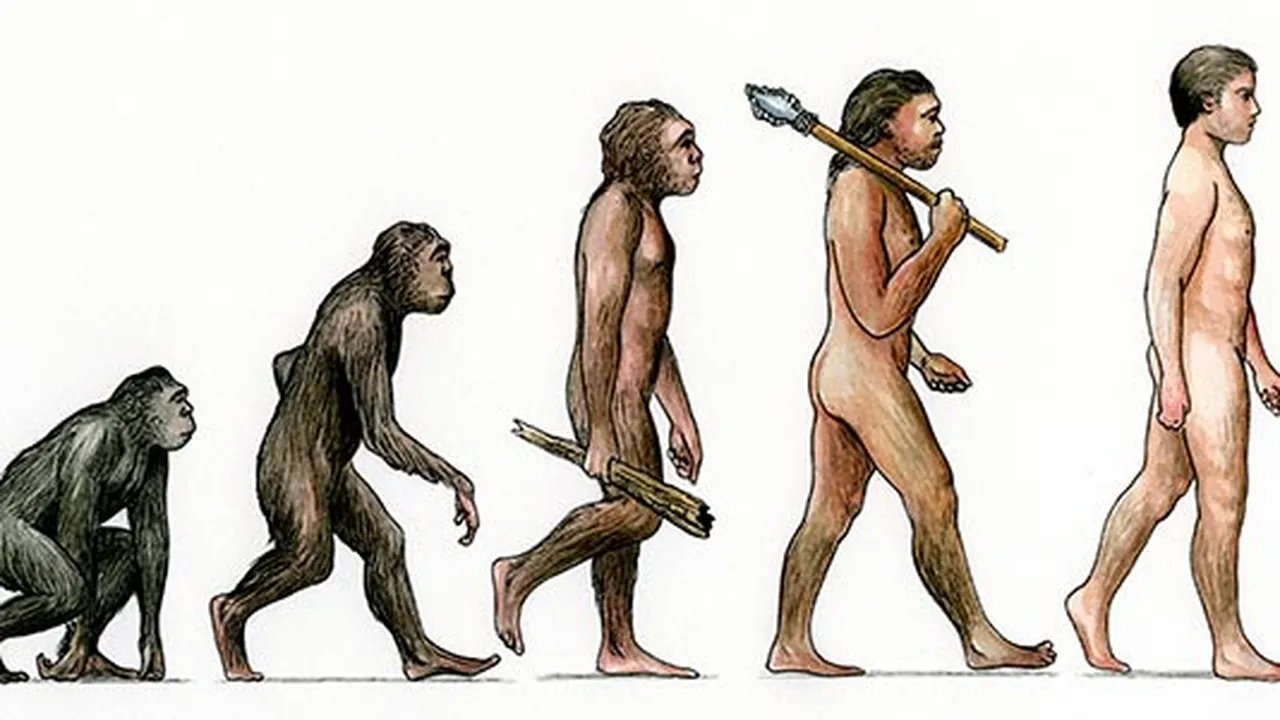Question one
Evolution and its theories play a great role in biology studies, support the statements by any three points.
Enswer:
Firstly, evolution provides a unifying framework for understanding the diversity of life. Without the concept of descent with modification and natural selection, the vast array of species we see, both living and extinct, would appear as a collection of unrelated entities. Evolutionary theory explains the hierarchical relationships between organisms, from broad kingdoms down to specific species, demonstrating how all life on Earth is interconnected through a shared ancestry. This framework allows biologists to make predictions about the characteristics of undiscovered organisms, understand the distribution of species (biogeography), and interpret the similarities and differences in anatomical, physiological, and genetic traits across the biological spectrum.
Secondly, evolutionary principles are crucial for understanding the adaptation of organisms to their environments. Natural selection, a core mechanism of evolution, explains how populations change over time as individuals with traits better suited to their surroundings are more likely to survive and reproduce, passing on those advantageous traits. This understanding is fundamental in fields like ecology, where scientists study the interactions between organisms and their environment. Evolutionary biology helps us comprehend why certain species have specific camouflage, feeding strategies, or reproductive behaviors, revealing the intricate interplay between organisms and the selective pressures they face. This knowledge is vital for conservation efforts, as it allows us to predict how species might respond to environmental changes.
Finally, evolutionary theory is indispensable for advancements in various applied biological fields. In medicine, understanding the evolution of pathogens (like bacteria and viruses) is critical for developing effective treatments and vaccines. The emergence of antibiotic resistance, for example, is a direct consequence of natural selection acting on bacterial populations. In agriculture, evolutionary principles are applied in selective breeding to enhance crop yields and livestock traits. Furthermore, evolutionary biology provides insights into genetic diseases and the development of genetic engineering techniques. By recognizing the evolutionary history and relationships of organisms, scientists can develop more effective strategies for combating diseases, improving food production, and addressing other real-world challenges.
Question Two
Briefly explain any observations and deductions made by Darwin in accomplishing his work. (Give two observations and deductions).
Answer:
During his voyage on the HMS Beagle, Charles Darwin made crucial observations that led to his theory of evolution by natural selection. Two significant examples include:
Observation: On the Galapagos Islands, Darwin observed that finches, though similar to those on the South American mainland, exhibited remarkable variations in beak shape and size from one island to another. Deduction: He deduced that these differences were likely adaptations to the specific food sources available on each island. Finches with beaks suited to cracking large, hard seeds thrived where those seeds were abundant, while those with finer beaks were advantageous where insects or small seeds were the primary food. This suggested that the environment played a role in shaping the characteristics of a population over time.
Observation: Darwin noted that within any given population of a species, there was a natural variation in traits among individuals. He also observed that organisms have the potential to produce far more offspring than the environment can support, leading to competition for limited resources. Deduction: From these observations, Darwin deduced that individuals with variations that made them better suited to their environment would be more likely to survive and reproduce, passing on those advantageous traits to their offspring. Over many generations, this process, which he termed "natural selection," would lead to the gradual change in the characteristics of a population, and potentially the formation of new species.
Question Three
State any two theories concerning with the origin of life.
Answer
Here are two theories concerning the origin of life:
Abiogenesis (or Biopoiesis): This is the theory that life arose from non-living matter through natural processes. It suggests that in the early Earth's environment, with its unique atmospheric conditions and energy sources, simple inorganic molecules gradually combined to form complex organic molecules. These organic molecules then self-assembled into the first self-replicating entities, eventually leading to the development of the first cells. The famous Miller-Urey experiment provided early support for this theory by demonstrating that amino acids, the building blocks of proteins, could be formed from inorganic gases under conditions thought to resemble early Earth.
Panspermia: This theory proposes that life did not originate on Earth but instead exists throughout the universe and was transported to Earth from elsewhere in space. This could have occurred via various mechanisms, such as microorganisms traveling on meteoroids, asteroids, or comets. Some versions of panspermia even suggest the possibility of directed panspermia, where life was intentionally spread to Earth by an extraterrestrial civilization. While panspermia doesn't explain the initial origin of life, it shifts the location of that event to another celestial body, suggesting that life may be a more widespread phenomenon in the cosmos.


No comments
Post a Comment